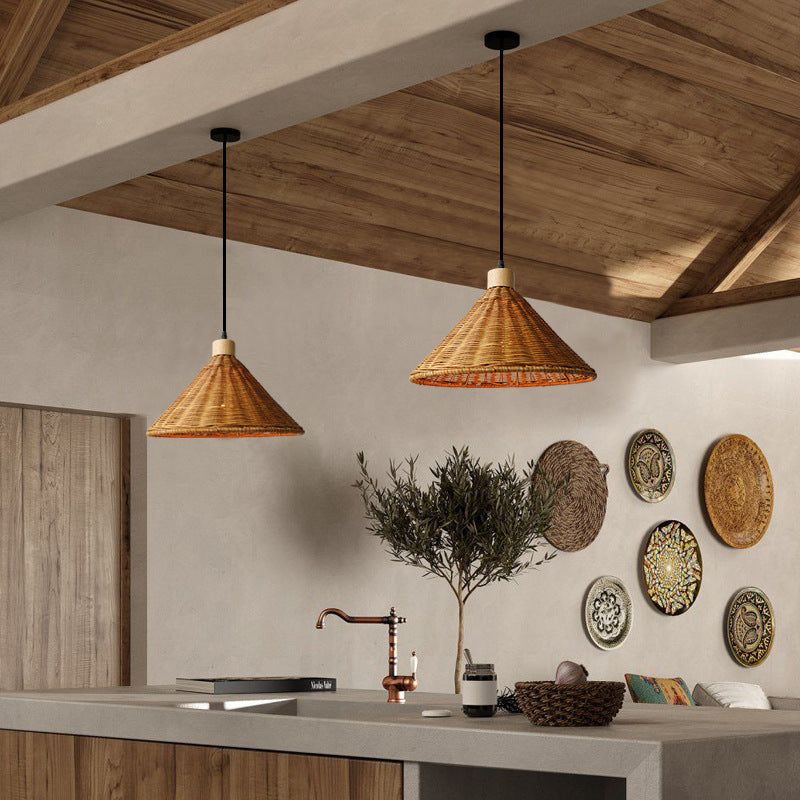
Caring for a lamp is essential for ensuring its longevity and maintaining its functionality. To begin with, it is important to regularly dust the lamp with a soft, dry cloth to prevent the accumulation of dirt and grime. When cleaning the lampshade, be cautious not to use water or cleaning fluids, as this can damage the material. Instead, use a lint roller or a soft brush to remove any dust or debris. Additionally, be mindful of the bulb wattage recommended for the lamp, as using a bulb with a higher wattage can cause the lamp to overheat and potentially become a fire hazard. It is also a good idea to check the electrical cord for any signs of wear or damage, and replace it if necessary. Lastly, be sure to place the lamp on a stable surface away from any flammable materials and never leave it unattended when in use. By following these simple care tips, you can ensure that your lamp remains in good condition and provides you with many years of use.
Caring for lamps is an essential part of maintaining a comfortable and well-lit living space. One important aspect of lamp care is cleaning. Dust and dirt can build up on lampshades, bulbs, and bases, reducing the amount of light they emit. Regularly dusting and wiping down your lamps with a soft, dry cloth can help keep them clean and functioning properly. Additionally, it is important to check and replace any burnt-out bulbs to ensure your lamps are providing optimal lighting.
Another crucial aspect of lamp care is ensuring proper placement and usage. Placing lamps on stable surfaces and keeping them away from flammable materials can help prevent accidents and damage. It is also important to use the correct wattage and type of light bulbs recommended for your lamps to avoid overheating and potential fire hazards. Additionally, turning off lamps when not in use can help extend their lifespan and save energy.
Lastly, regular maintenance and inspection of your lamps can help identify and address any issues before they become more serious. Checking for frayed cords, loose connections, and signs of wear and tear can help prevent potential safety hazards. If you notice any damage or issues with your lamps, it is important to address them promptly by either repairing or replacing the lamp. By following these care tips, you can help ensure that your lamps provide optimal lighting and enhance the ambiance of your home for years to come.
 Decoration Ideas
Decoration Ideas










